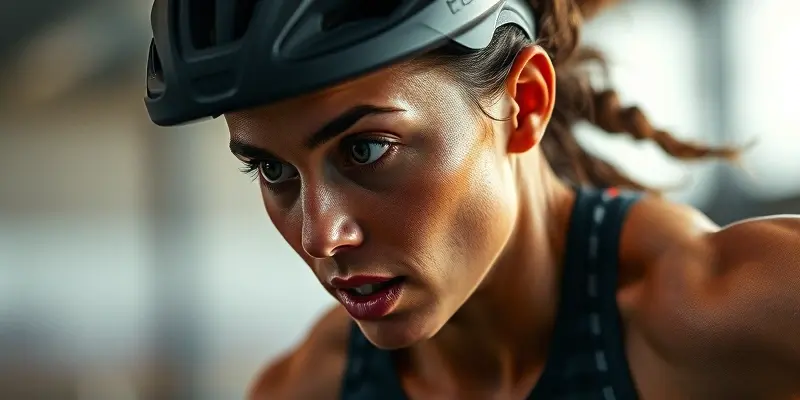[Current blog Post]:I have outlined a plan to integrate the provided knowledge with Google standards for the Gympulse Club website blog post on recovery and injury for fitness enthusiasts. Now, I will proceed to draft the complete blog post with a structured format and headings. Let’s begin crafting the article.
Blog Post: Harnessing Virtual Reality for Injury Prevention and Recovery in Sports
Introduction
In the realm of fitness and sports, the journey towards peak performance often encounters roadblocks in the form of injuries. These setbacks can derail progress, sap motivation, and hinder long-term athletic success. However, with the advent of cutting-edge technology like Virtual Reality (VR) training, athletes and fitness enthusiasts now have a potent tool at their disposal to navigate the treacherous terrain of injuries and emerge stronger than before.
Leveraging VR for Injury Prevention
Personalized Training for Safer Techniques
- VR offers tailored exercises to target sport-specific movements, enhancing motor control and reducing injury risks. injury recovery checklist
- Simulating risky game conditions allows for risk assessment and correction of movement patterns to prevent overuse injuries.
Enhancing Recovery with VR
- During post-injury rehabilitation, VR enables athletes to safely practice sport-specific skills, bridging the gap between therapy and return-to-play readiness. visualization for healing
- By recreating familiar game scenarios, VR reduces the fear of movement and supports emotional well-being during recovery.
Elevating Skill Development and Performance
Immersive Simulations for Skill Enhancement
- VR boosts reaction time, spatial awareness, muscle memory, and decision-making under pressure through realistic game scenarios.
- Detailed feedback from integrated sensors aids in skill acquisition and reduces physical strain during training.
The Psychology of Motivation in VR Training
- Immersive experiences in VR maintain engagement and focus during rehabilitation, making exercises less monotonous and driving adherence through game-like environments.
Integrating VR with Nutrition and Recovery Tools
- VR complements wearable tech and Augmented Reality (AR) for real-time feedback on movement and recovery, speeding up the healing process. phosphatidylserine for recovery
- By aligning with nutritional plans and muscle repair gadgets, VR training forms a holistic approach to injury prevention and recovery.
Youth Programs and Accessibility
- Initiatives like Emory University’s GIVES program utilize VR gaming to enhance fitness, assess injury risks in youth athletes, and promote safe movement patterns early on.
Conclusion
In conclusion, Virtual Reality training stands at the forefront of innovation in injury prevention, recovery, and performance optimization for athletes across all levels. By incorporating evidence-based approaches, practical insights, and psychological motivation, VR facilitates a comprehensive training and rehabilitation experience. While the efficacy of VR technology in sports continues to evolve, its potential to revolutionize athletic training and enhance overall well-being is undeniable.
As fitness enthusiasts, athletes, and individuals passionate about holistic health and wellness, diving into the realm of VR training could be the catalyst to unlock your full athletic potential and conquer the challenges of injuries with resilience and determination. Embrace the immersive world of VR, and let it guide you on the path to a stronger, healthier, and injury-free athletic journey.
Remember, in the world of sports and fitness, injuries may be inevitable, but your comeback story can be legendary with the power of Virtual Reality by your side.
